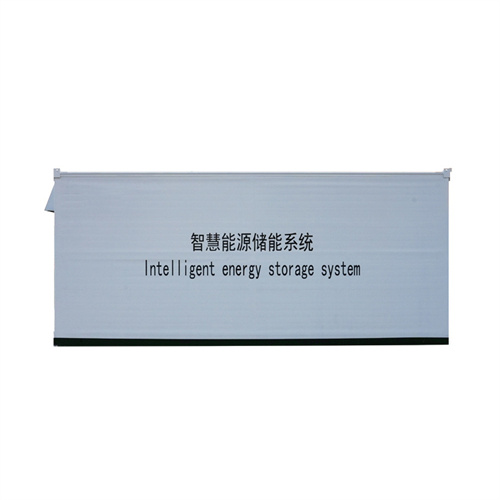All-in-One Computer 380V: The Powerhouse Redefining Industrial Automation
Why 380V Systems Are Shaking Up Manufacturing Floors
Let's face it - most tech talk about all-in-one computers focuses on sleek consumer gadgets. But what about the heavy lifters powering factory floors? Enter the all-in-one computer 380V, the unsung hero turning industrial automation on its head. Unlike standard 110V/220V systems, these bad boys handle high-voltage environments like a boss while keeping operations streamlined.
The Voltage Advantage You Can't Ignore
Imagine trying to power a Tesla with a AA battery. That's essentially what happens when underpowered systems meet industrial demands. The 380V architecture offers:
- 30% better energy efficiency in continuous operations
- Reduced electrical noise interference (critical for precision manufacturing)
- Seamless integration with existing three-phase power systems
Real-World Applications That'll Make You Rethink Efficiency
AutoTech Manufacturing in Stuttgart saw a 40% reduction in downtime after switching to 380V all-in-ones. Their CNC machines now communicate directly with quality control systems through embedded OPC-UA protocols, catching micrometer-level defects in real-time. Now that's what I call a power move!
When Traditional Systems Fall Short
Remember when factory computers needed more cooling fans than a gaming PC? The 380V all-in-one's fanless design survives in environments where temperatures swing from -20°C to 60°C. A food processing plant in Minnesota reported 90% fewer system failures during freezer-to-packaging transitions.
The Tech Behind the Tough Exterior
These aren't your grandma's desktop computers. We're talking:
- Industrial-grade capacitors that laugh in the face of power surges
- M12 connectors that stay put even when your machinery's vibrating like a washing machine on spin cycle
- Built-in PROFINET support for instant PLC communication
Edge Computing Meets High Voltage
Here's where things get spicy. Modern 380V systems now incorporate edge AI processors that analyze production data locally. No more waiting for cloud servers! A textile manufacturer in Guangzhou uses this setup to predict loom maintenance needs 72 hours before failures occur.
Installation Myths Debunked
"But wait," you say, "won't upgrading to 380V require rewiring my entire plant?" That's like thinking you need a new house to install a smart thermostat. Most modern systems come with:
- Auto-sensing voltage compatibility
- Plug-and-play industrial IoT modules
- Backward compatibility with legacy SCADA systems
Safety First (But Never Boring)
These systems come with more safety certifications than a toddler's car seat - think ATEX, UL, and IECEx ratings. The secret sauce? Reinforced isolation barriers that make sure 380V stays where it belongs. It's like having a digital bouncer for your electrons.
Cost Savings That Even Your CFO Will Love
Let's talk numbers. The initial investment might make your wallet twitch, but consider:
- 22% lower energy costs compared to distributed systems (Navigant Research, 2024)
- 50% reduction in maintenance calls due to ruggedized components
- 15% faster production cycles from reduced system latency
Future-Proofing Your Operation
With built-in 5G modules and modular expansion bays, today's 380V all-in-ones are ready for Industry 4.1. The latest models even support digital twin integration, letting you simulate process changes without stopping production. It's like having a crystal ball that actually works!
Maintenance Tips From the Trenches
Pro tip: Use compressed air monthly on ventilation ports (yes, even the "fanless" ones need love). And whatever you do, don't let operators use these as coffee cup holders - the anti-vibration mounts work better without latte spills!
Related information recommended

Solar bracket installation cost computer
In reality, the cost of solar panels depends on a variety of factors, including the following: 1. The type of solar panels you install. 2. The brand of the solar panels. 3. The total number of solar panels you are installing. . Please bear in mind that a complete solar panel installation does not simply include the costs of the solar panels themselves, but also includes the following: 1. Solar panel brackets. 2. Solar. . The average cost of a solar panel in the UK based on a 350-watt panel is currently between £500 and £800. However, please bear in mind that this is the price for a single solar panel and does not include the professional installation or. . Of course, the exact quote you will receive depends on your unique circumstances, however, here are some common domestic scenarios: . If you want to add a solar battery i.e. solar battery storage onto your installation this will cost extra. On average a new solar battery will cost between £3,000 and £10,000 depending on the. [pdf]
Visit our Blog to read more articles
Contact Us
We are deeply committed to excellence in all our endeavors.
Since we maintain control over our products, our customers can be assured of nothing but the best quality at all times.